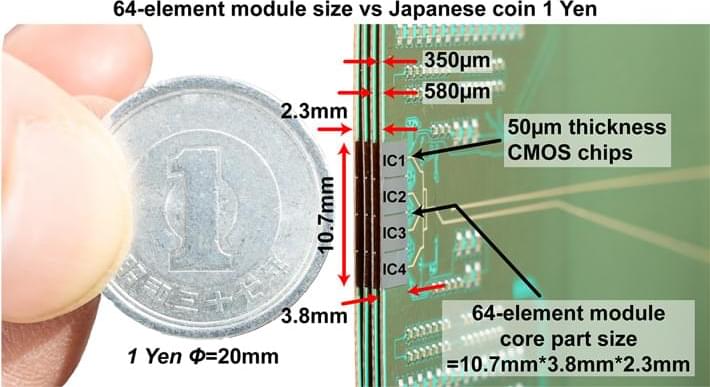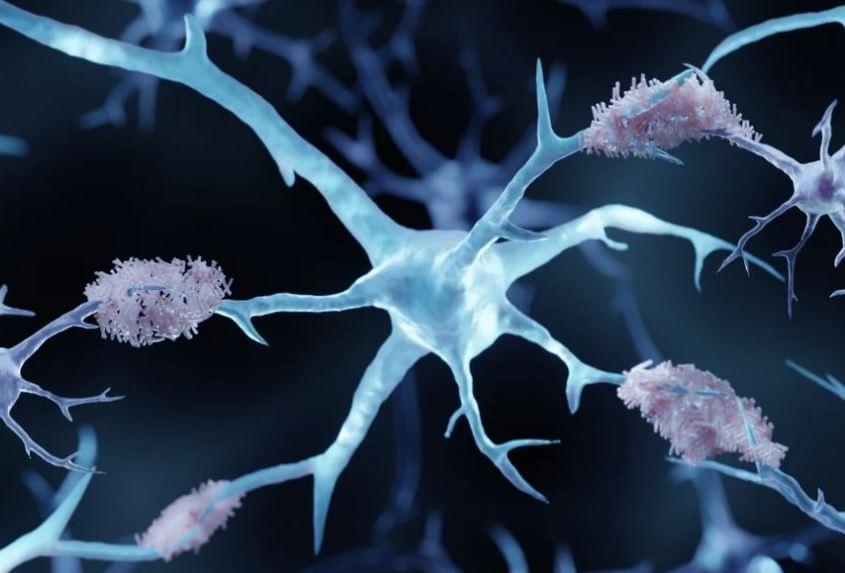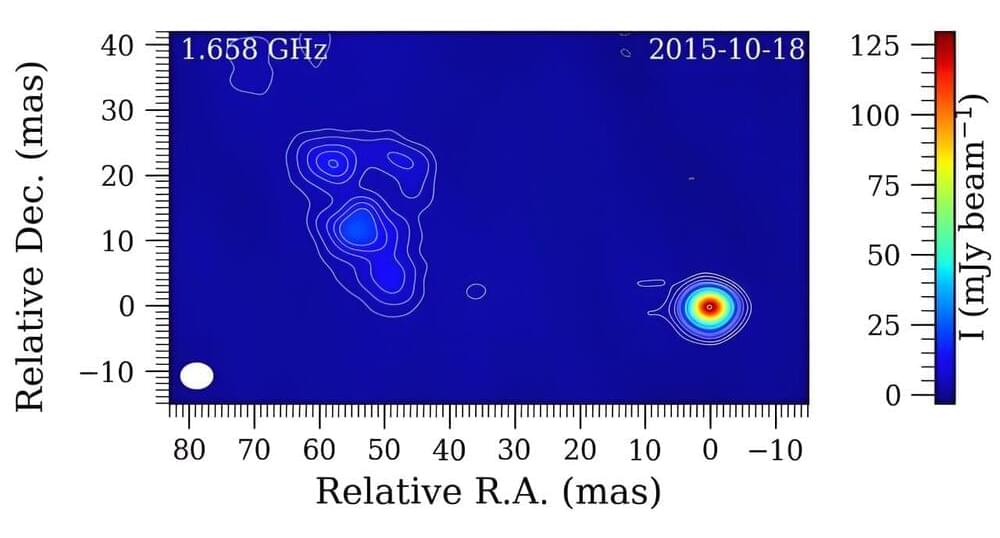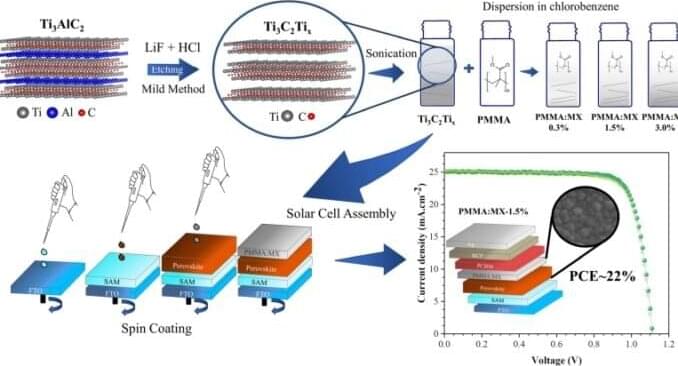Mar 9, 2024
Meta Switching To Samsung Foundry For AI Chips, Leaving TSMC Due To Volatility
Posted by Kelvin Dafiaghor in category: robotics/AI
Meta’s CEO Mark Zuckerberg has reportedly decided to switch parties, now eying for Samsung Foundry as its primary AI chipmaker as it sees “uncertainty and volatility” at TSMC.
Meta Makes a Bold Move By Switching To The Korean Giant’s, Samsung, Camp For Its Custom AI Semiconductors, Ditching TSMC Behind
Meta has recently been stepping up AI developments, aiming to create a custom chip to fuel their computing needs. The firm has been a massive customer of NVIDIA’s H100s, acquiring more than 350,000 units this year. However, with the rapidly evolving AI landscape, Meta has decided to take AI computing into its own hands, heading out to South Korea to secure Samsung Foundry as the next significant partner for the firm’s ambition.


















